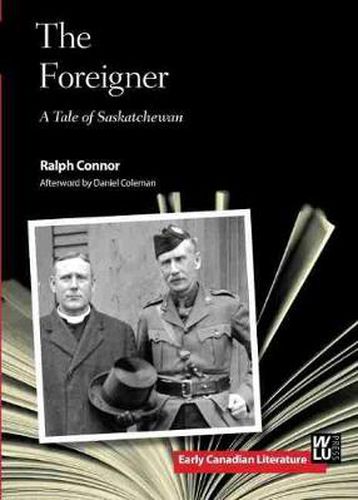Readings Newsletter
Become a Readings Member to make your shopping experience even easier.
Sign in or sign up for free!
You’re not far away from qualifying for FREE standard shipping within Australia
You’ve qualified for FREE standard shipping within Australia
The cart is loading…






This title is printed to order. This book may have been self-published. If so, we cannot guarantee the quality of the content. In the main most books will have gone through the editing process however some may not. We therefore suggest that you be aware of this before ordering this book. If in doubt check either the author or publisher’s details as we are unable to accept any returns unless they are faulty. Please contact us if you have any questions.
The Foreigner (1909) tells the story of Kalman Kalmar, a young Ukrainian immigrant working in rural Saskatchewan. It addresses the themes of male maturation, cultural assimilation, and a form of muscular Christianity recurring in Connor’s popular Western tales. Daniel Coleman’s afterword considers the text’s departure from Connor’s established fiction formulas and provides a unique framework for understanding its depiction of difference.
$9.00 standard shipping within Australia
FREE standard shipping within Australia for orders over $100.00
Express & International shipping calculated at checkout
This title is printed to order. This book may have been self-published. If so, we cannot guarantee the quality of the content. In the main most books will have gone through the editing process however some may not. We therefore suggest that you be aware of this before ordering this book. If in doubt check either the author or publisher’s details as we are unable to accept any returns unless they are faulty. Please contact us if you have any questions.
The Foreigner (1909) tells the story of Kalman Kalmar, a young Ukrainian immigrant working in rural Saskatchewan. It addresses the themes of male maturation, cultural assimilation, and a form of muscular Christianity recurring in Connor’s popular Western tales. Daniel Coleman’s afterword considers the text’s departure from Connor’s established fiction formulas and provides a unique framework for understanding its depiction of difference.